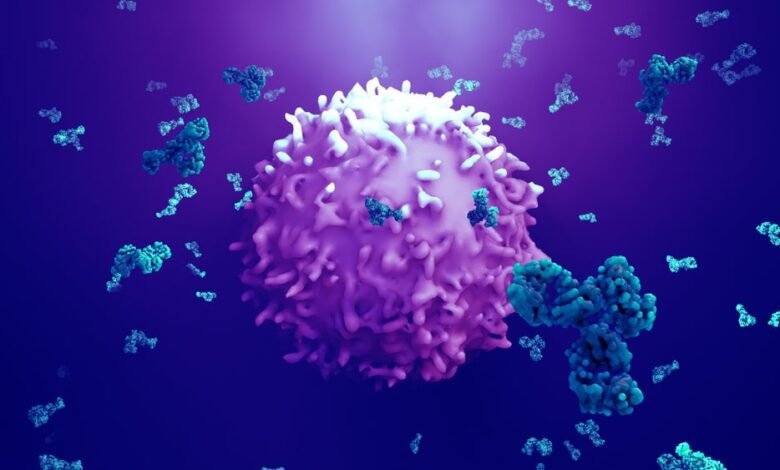Immuno-oncology market set to grow in billions, but access concerns remain

Image Credit: Shutterstock / Design?Cells
The immuno-oncology market continues to evolve as treatments establish their presence across different types of cancer, having seen approvals in multiple indications in the past decade.
While the market was worth over $6 billion in 2012, this has now grown to nearly $48 billion only a decade later, said Avigayil Chalk, PhD, GlobalData’s Senior Oncology and Haematology analyst, at an immuno-oncology webinar held on May 23. This high compound annual growth rate of 23.6% was powered by the advent of immune-checkpoint inhibitors, added Chalk.
GlobalData is the parent company of Pharmaceutical Technology.
These figures are only expected to grow in the coming years, with sales forecasted to reach over $150 billion by 2028. Checkpoint modulators are forecasted to retain the largest share of this, based on the webinar.
GlobalData separates immuno-oncology treatments into six broad classes, which include bispecific antibodies, cancer vaccines, and cell therapies. Checkpoint modulators, cytokines and oncolytic viruses are also considered as part of the overall immune-oncology field.
There are currently over 700 immuno-oncology products in Phase I-III of development in the eight major markets, said Chalk. China, France and the US are few of the major pharmaceutical markets for these agents.
At the moment, there are roughly 241 immuno-oncology agents that are studied across solid tumours, noted Chalk, adding that this is largely due to a large number of Phase I trials that are not cancer specific. This is followed by non-small cell lung cancer and breast cancer, which feature 154 and 106 immuno-oncology agents in development, respectively, said Chalk.
Looking at the pipeline in greater depth, cell therapies dominate the early stages of development, said Chalk. There are about 149 cell therapies in Phase I trials now, with additional 146 in Phase II studies, noted Chalk. Checkpoint modulators and cell therapies lead the way in the pre-registration stage, which features no cancer vaccines and oncolytic virus-focused therapies, she added.
Looking at the targets, the majority of drugs in clinical development focus on CD19, said Chalk, noting that these are agents for blood malignancies. PD1, BCMA and PDL1 follow as the most common targets.
Apart from providing an overview of the current pipeline, the webinar also presented the findings from a GlobalData survey. According to the findings, 39% of surveyed high-prescribing physicians believe that the optimal place for immune-oncology agents is in a first-line setting. This was followed by the second-line and adjuvant/neoadjuvant settings, added Chalk.
The surveyed physicians believed that both newly-diagnosed, and treatment-refractory patients are the most likely to benefit from such therapies. Overall, immuno-oncology agents are being rapidly integrated into the standard-of-care.
Market access was also a key point of focus. According to a US-based key opinion leader (KOL) surveyed by GlobalData, access to cell therapies is still very low even in the US. Pricing is also starting to affect accessibility in the EU, per an EU-based KOL. In China, immuno-oncology agents manufactured by Western companies are often only accessible with private insurance, based on a Chinese KOL.
Click here to watch this webinar and access the presentation.
Source link
#Immunooncology #market #set #grow #billions #access #concerns #remain